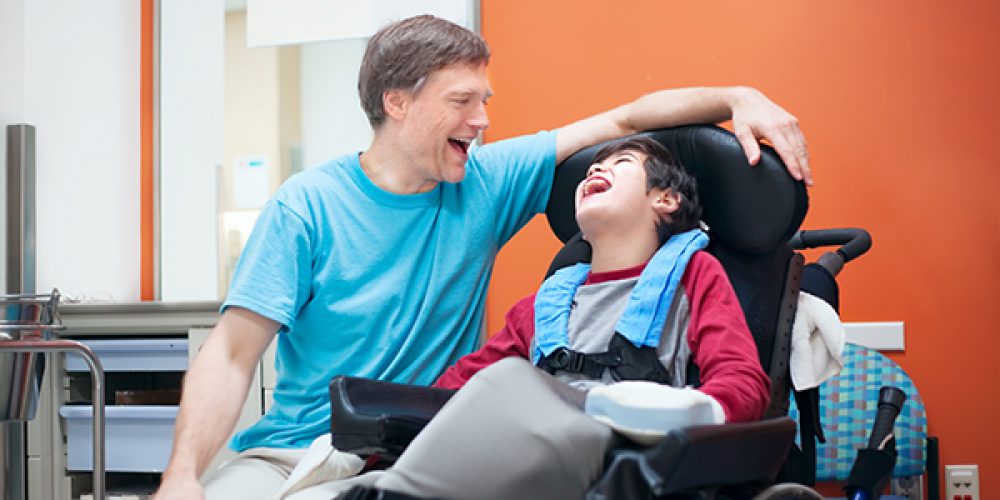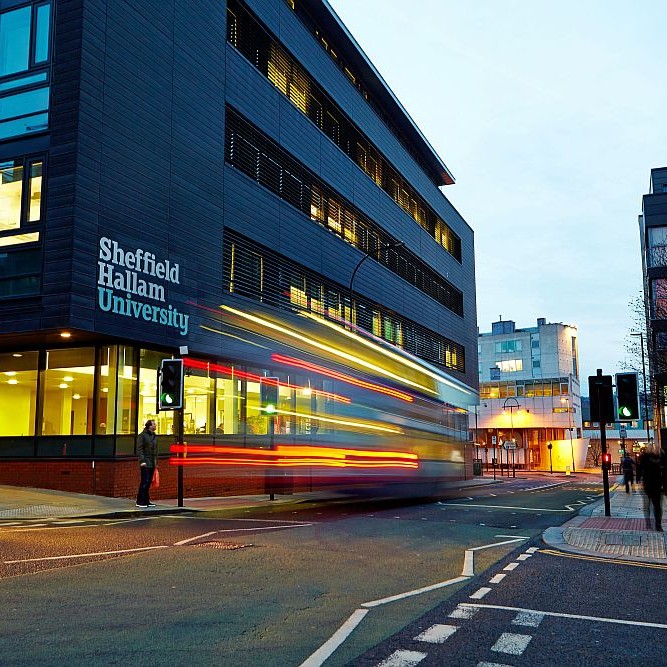
A number of economic weaker families and their children are suffering from Polio; Cerebral Palsy diseases where they have to take economic assistance for their child’s surgery to help the child stand on his own feet.
According to World Health Organization, 10% of global population is affected by disability and 3.8% of Indian population is affected by disability. Also, Indian Institute of Cerebral Palsy’s report stated thataround 33,000 individuals have cerebral palsy, despite the fact that worldwide cases of cerebral palsy is one for every 500 childbirths. Also, 13 out of 14 cases of cerebral palsy happens while mother is in initial phase of pregnancy or first month after birth in India.With Cerebral Palsy,child’s gross and fine motor skills do not coordinate and interferes with mobility and affects the quality of life.
Doctors have suggested that before the surgery,child should be screened and evaluated to check for the eligibility for this surgeryso that problemssuch as bone deformities and contractures can be alleviated.
There are multiple surgeries available but reducing the real chance is through learning to walk by Selective Posterior Rhizotomy (SPR) also called selective dorsal rhizotomy (SDR). Betweenages 3 to 10 years, children are most suitable for rhizotomysurgical procedure.This surgery releases the harmful spasticity enough to give a child a chance to learn walkingby himself.With this surgery, a neurosurgeon first selects and separates the most spastic nerves through electrical stimulation and then works on selective cutting of some of thenerves in the spinal cord which relieves muscles spasticity.After the surgery, child is able to walk, wear the clothes by himself, becomepain free which ultimately helps in developingpositive behavior and is able to read ,write, is able to communicate better.
Complications after the surgery-
After the surgery, children may face few complications liketransient dysesthesia, numbness, tingling, transient urinary retention (frequent), back pain. Child may require effective treatment with physical and occupational therapy. By Senior Dr. Amar Singh Chundawat at Narayan Seva Sansthan
";

